Artist: Bill Evans Album: Interplay
Year: 1962Duration: 0:0-1
Interplay: A Bill Evans Album Review
Bill Evans is no stranger to jazz aficionados. He is one of the most influential jazz pianists of the 20th century and his legacy continues to inspire new generations of musicians. One of the noteworthy albums in his discography is Interplay, which was released in 1962. In this post, we will have a of the album, as well as providing some background information on Bill Evans and the music genre of the album. We will also be discussing the best songs of the album and the most innovative parts. Get ready to dive deep into the world of jazz with Interplay.
Bill Evans was born on August 16, 1929, in Plainfield, New Jersey. He started studying piano when he was six years old and pursued music education at the Southeastern Louisiana University and the Mannes School of Music in New York City. He has since recorded and performed with the likes of Miles Davis, John Coltrane, and Tony Bennett. Evans has a unique style of playing jazz that is introspective, elegant, and lyrical. His music is often characterized by his use of impressionistic harmony, which is a technique he developed from the works of Maurice Ravel and Claude Debussy, and his delicate touch on the keys.
Interplay features Bill Evans on piano, Freddie Hubbard on trumpet, Jim Hall on guitar, Percy Heath on bass, and Philly Joe Jones on drums. The album is classified as post-bop, which is a subgenre of jazz that evolved in the 1960s. Post-bop encompasses a wide range of styles and is characterized by its use of complex harmony, rhythmic experimentation, and unconventional instrumentation. Interplay is a reflection of this movement in jazz, as it presents different aspects of post-bop in each song.
One of the best songs of Interplay is You and the Night and the Music, which is a standard by Arthur Schwartz and Howard Dietz. The song begins with a playful intro by Jim Hall on the guitar, which sets the mood for the rest of the performance. Bill Evans takes the lead with his solo, which is full of intricate runs and delicate phrasing. Freddie Hubbard's trumpet adds a layer of brightness to the piece, and his improvisation is refreshing and spontaneous. Another standout song is When You Wish Upon a Star, which is a song from the Pinocchio movie. The melody is enchanting, and Bill Evans' interpretation is beautiful and sincere. The song is a perfect example of Evans' ability to infuse jazz with a classical style.
One of the most innovative parts of Interplay is the interplay (pun intended) between the musicians. Each of them has a distinct sound, yet they work together seamlessly to create a cohesive whole. The ensemble playing is tight, and their improvisation is spontaneous and unpredictable. The album is a masterclass in ensemble playing, as it highlights the importance of listening and responding to other musicians' playing.
The of Interplay is overwhelmingly positive. It is a testament to Bill Evans' musicianship and his ability to lead an ensemble of some of the greatest musicians of his time. The album is a snapshot of the post-bop era and showcases the best of the genre. However, some critics have pointed out that the album lacks the adventurousness of other post-bop records and that it leans too much towards the mainstream. Despite these criticisms, Interplay remains a timeless classic that is still relevant today.
Interplay is a must-listen for any jazz fan or music enthusiast. It is a showcase of Bill Evans' brilliance as a pianist and a composer and features some of the greatest musicians of his time. The album's post-bop sound and the musicians' interplay make it a quintessential record of its time. The best songs of the album are You and the Night and the Music and When You Wish Upon a Star, and the most innovative parts are the ensemble playing and the spontaneous improvisation. Interplay rightfully occupies a place in the pantheon of jazz and is a testament to the musicianship of Bill Evans and his peers.
Bill Evans albums
Other #Jazz albums:
SIMILAR BANDS
balls, from 1 to 5, describe similarity between the two bands
SOMETHING NEW? LISTEN TO RADIOGENRE
 Italian music
Italian music Beat Drop
Beat Drop Electronic
Electronic Soul music
Soul music Folk
Folk Reggae Roots
Reggae Roots Rockabilly
Rockabilly Gangsta rap
Gangsta rap Electroclash
Electroclash Thrash metal
Thrash metal
SUGGESTED PLAYLISTS

.jpg)
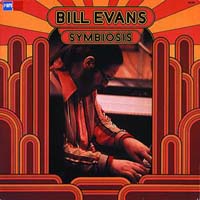
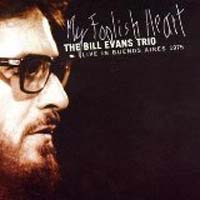

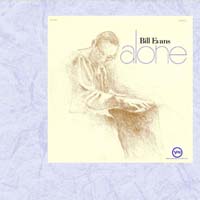
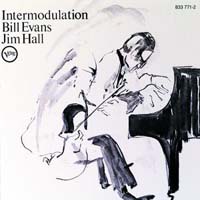
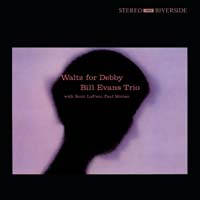
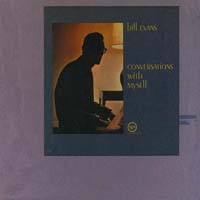
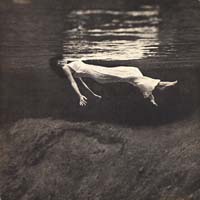
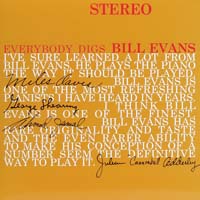
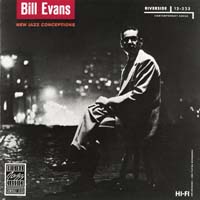
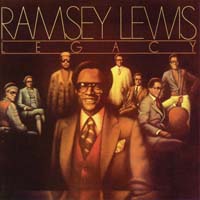
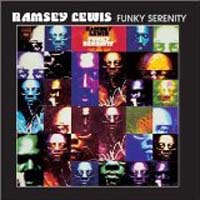
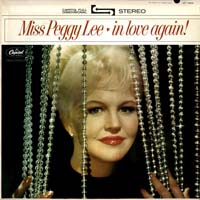
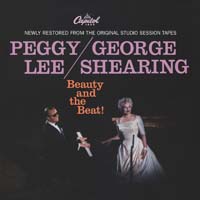
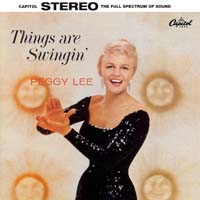
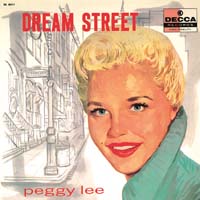
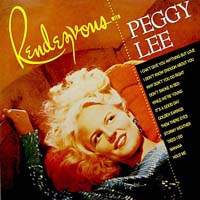
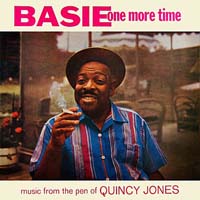
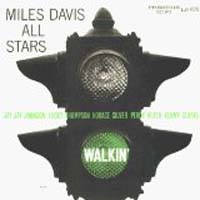
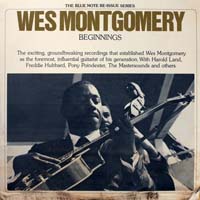
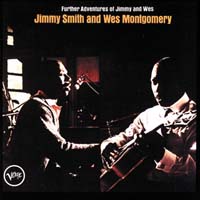
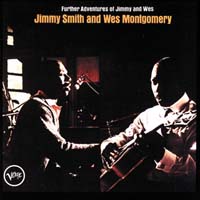
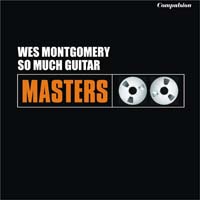
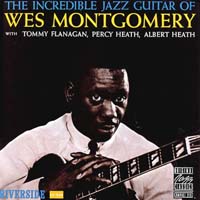
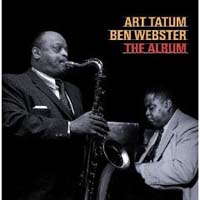
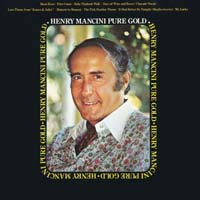
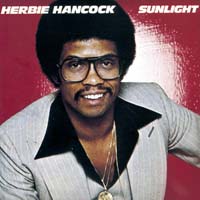
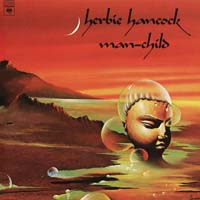
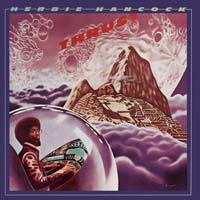
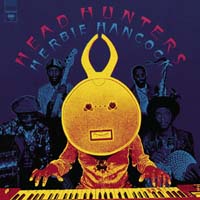
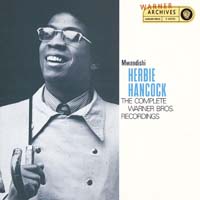
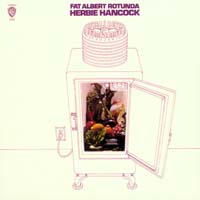
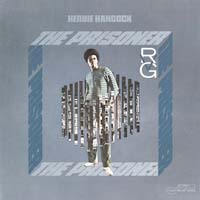
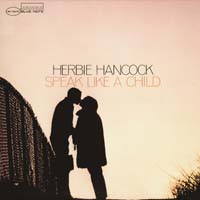
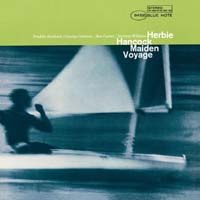
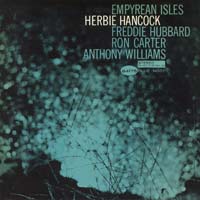
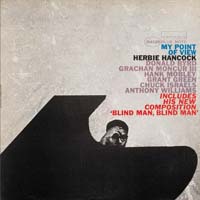
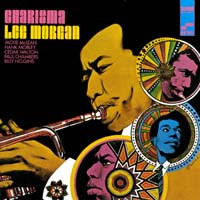

 The music television
The music television The third eye
The third eye Around the world
Around the world The very best of trance
The very best of trance The very best of nu metal
The very best of nu metal God save the Man of Steel
God save the Man of Steel Italian New Year Eve
Italian New Year Eve The very best of screamo
The very best of screamo